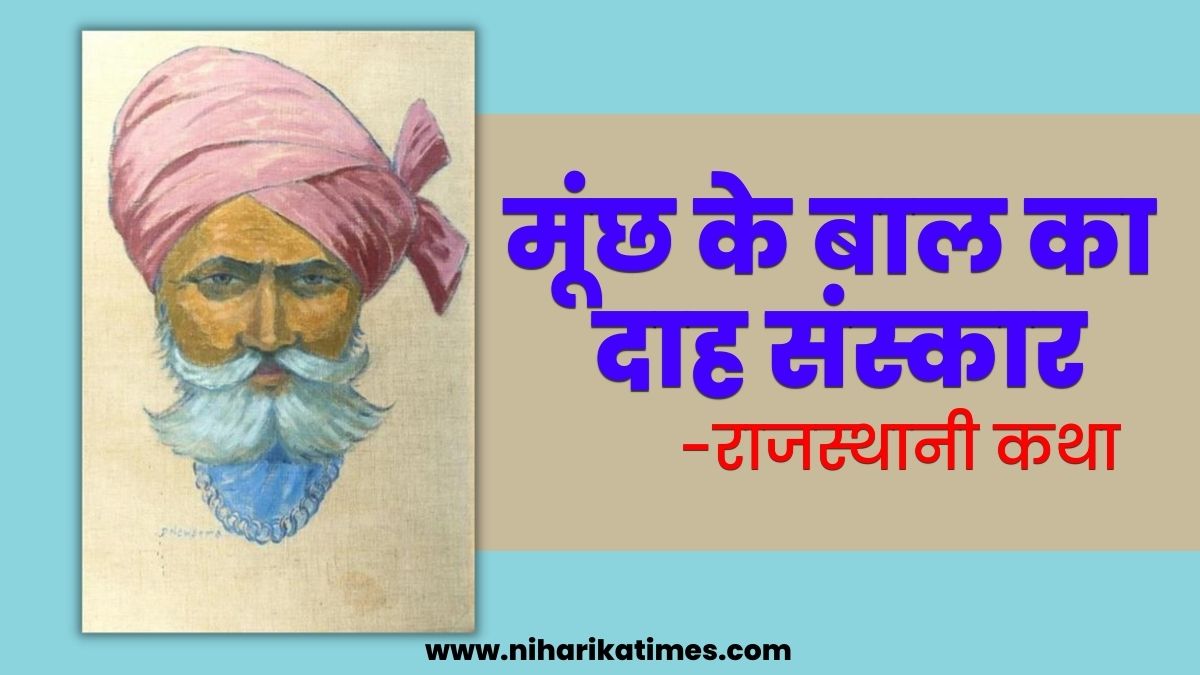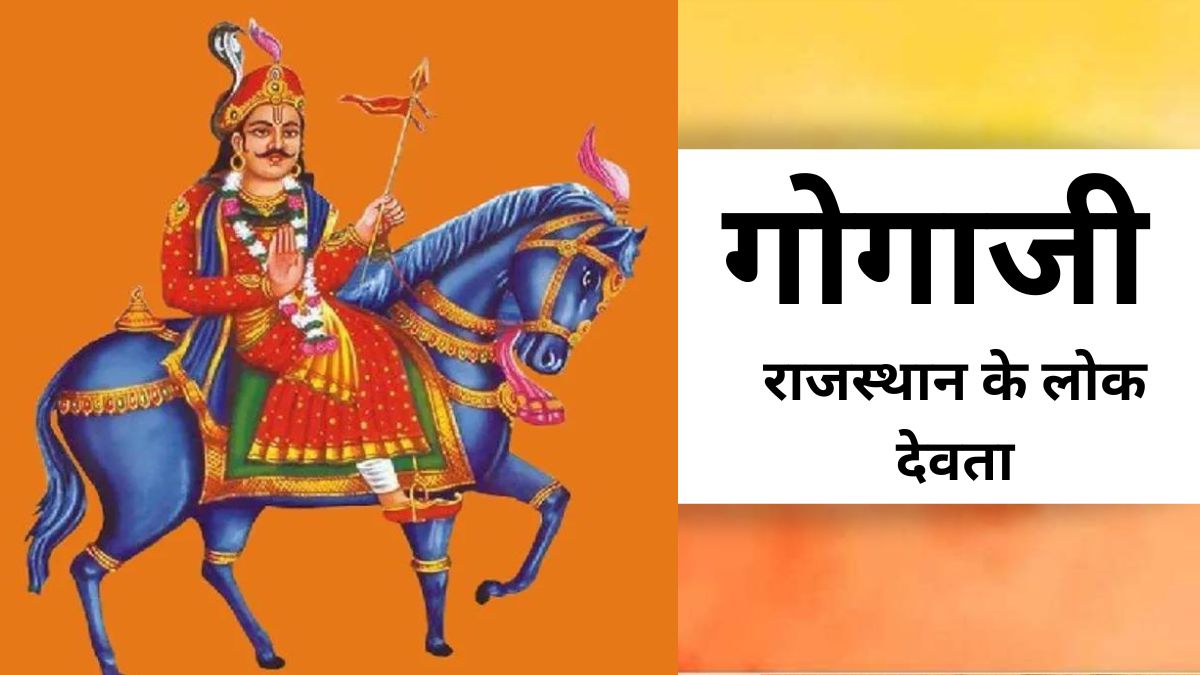General Zorawar Singh : India is the land of heroes and the form of today’s India is so huge due to the indomitable courage and bravery of some of such heroes, today (April 13) is the birth anniversary of such a warrior who was given the title of “King of Lions” by the enemies. , whose mausoleum was built by the enemy army, in whose name Jammu and Kashmir Raffles celebrates its foundation day, who is called ‘Napoleon of India’.
General Zorawar Singh, the lion commander of Maharaja Gulab Singh, who took the borders of Jammu state to Baltistan, Mansarovar of Tibet and Taklakot, the confluence of India, Tibet and Nepal. The brave warrior because of whom Ladakh is in India today, his name is General Zorawar Singh.
General Zorawar Singh was born in a Rajput family on April 13, 1786 at Thakur Harje Singh’s house in Village- Ansara, District- Hamirpur, Himachal Pradesh. In his youth, Zorawar Singh joined the Dogra army of Maharaja Gulab Singh.
General Zorawar Singh completed the journey from soldier to general with his bravery. Zorawar Singh, in charge of rations in the army, by his own merit became the fort of Reasi and later the governor of Kishtwar. Impressed by his military skills, Maharaja Gulab Singh made him the commander in no time.
General Zorawar Singh wanted to hoist his victory flag up to Ladakh and Baltistan. So Zorawar Singh trained the soldiers for tough conditions and marched towards Leh. He found a good advisor in the form of Mehta Basti Ram of Kishtwar. General Zorawar Singh’s Dogra army entered Leh after defeating Wakarsi and Dorjee Namgyal on the banks of the Suru. Thus Ladakh became under the state of Jammu.
Moving forward, Zorawar now attacked Baltistan, in which Ladakhi soldiers were also with him. When the ruler there, Ahmad Shah saw that his soldiers were being cut badly, he had to make a treaty. Zorawar Singh put his son on the throne and got Rs.7,000. Annual fine was decided. But General Zorawar Singh did not stop here, now he marched towards Tibet. After crossing Hanle and Tashi Gang, they moved ahead.
By now the name of Zorawar Singh and his victorious army had spread so much that Rudok and Gato surrendered without a fight. Now General Zorawar Singh’s army had reached Tirthapuri across Mansarovar moving forward. There 8,000 Tibetan soldiers fought in Parkha, in which the Tibetans were defeated. Zorawar Singh reached Taklakot, the confluence of Tibet, India and Nepal. He handed over the management there to Mehta Basti Ram and returned to Tirthapuri.
Hearing about the bravery of Zorawar Singh, the ears of the British stood up. They put pressure on Raja Ranjit Singh of Punjab to control them. It was decided that on December 10, 1841, Tibet should be returned its territory. Meanwhile, ten thousand Tibetan soldiers under the command of General Chhatar had an encounter with 300 Dogra soldiers of General Zorawar Singh. All the Dogra soldiers were martyred near Rakshastal.
Zorawar Singh sent soldiers under the leadership of Ghulam Khan and Nono; But all of them also became martyrs. Now Veer Zorawar Singh himself went ahead. They wanted to make Taklakot the center of the war; But on December 10, 1841, a huge army of Tibetans surrounded them in Toyo. The fierce battle went on for three days in the bitter cold of December.
General Zorawar Singh was so feared among the Tibetan soldiers that they did not even dare to touch his dead body.
On 12 December 1841, Zorawar Singh was shot and fell from his horse. The Dogra army got scattered. There was so much fear of Zorawar Singh among the Tibetan soldiers that they could not even dare to touch his dead body. Later his remains were collected and made a stupa. This fragmented stupa called ‘Singh Chotaran’ can still be seen in Toyo. “King of Lions” was written on the tomb of this General Zorawar Singh in Tibetan language. Tibetans worship it.
In this way, General Zorawar Singh hoisted India’s victory flag outside India till Tibet and Baltistan. He is the only warrior not only in India but also in the world whose mausoleum has been made by the enemy army impressed by his bravery and bravery. He made Ladakh a part of the princely state of Jammu which is an integral part of India. Thus, this brave son attained martyrdom on 12 December 1841 at a place called Toyo while fighting with Tibetans. The Tibetans built his mausoleum. He said that he is our inspiration.
Compilation – Balveer Rathod Dadhel-Didwana
Follow Niharika Times for all the big news from India and abroad. Like us on Facebook and Twitter . Always visit Niharika Times for latest news.




